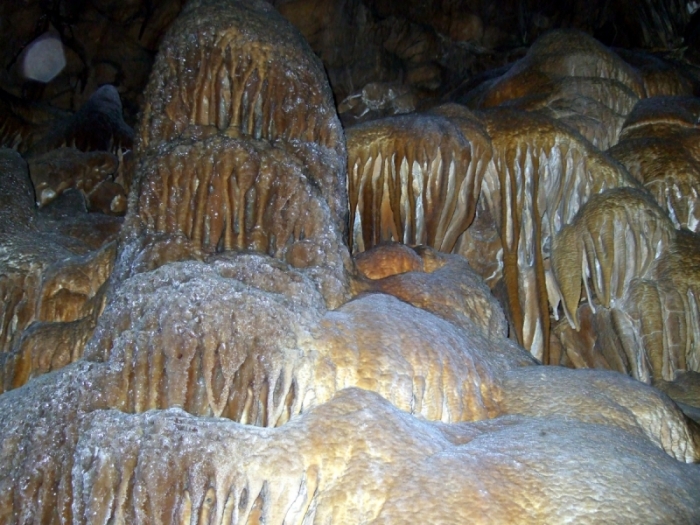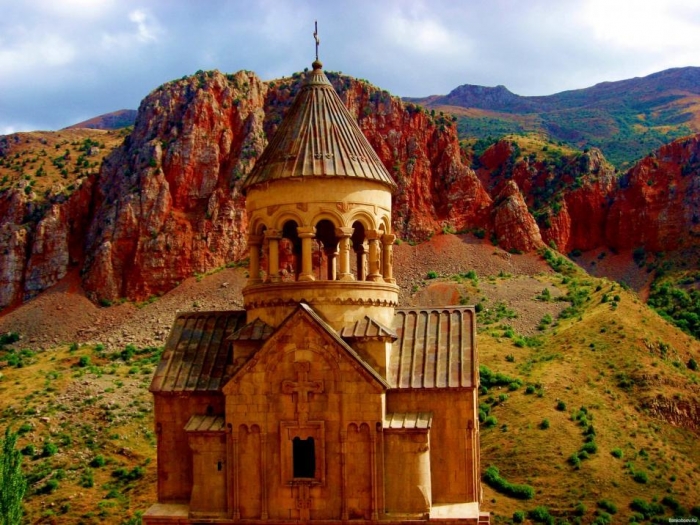Mozrov Cave
The cave is boasting in a diversity of geological formations which seem to be carved…
Read More
The cave is boasting in a diversity of geological formations which seem to be carved…
Read More
Noravank is located in a narrow gorge by the village Yegheghnadzor in Vayots Dzor Region.…
Read More